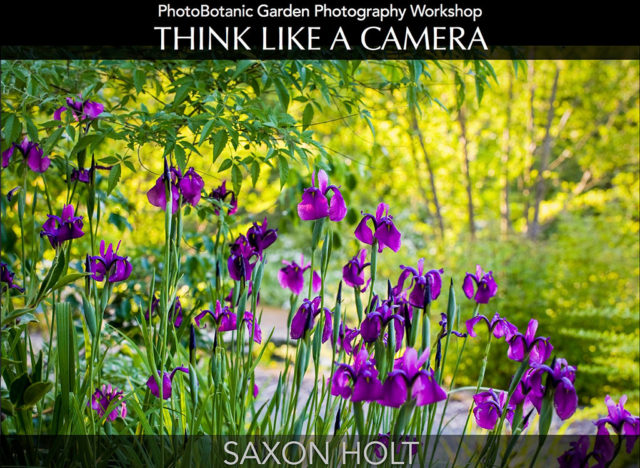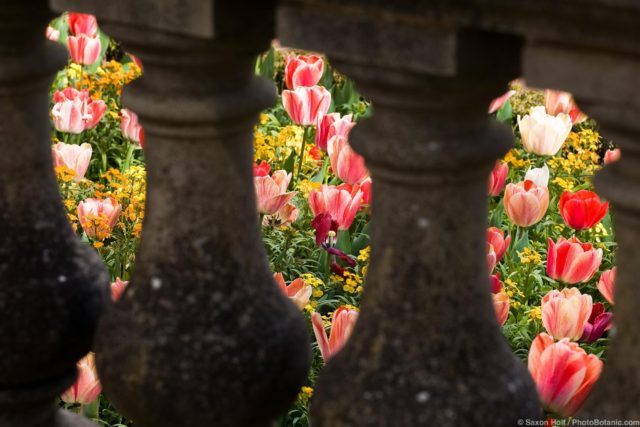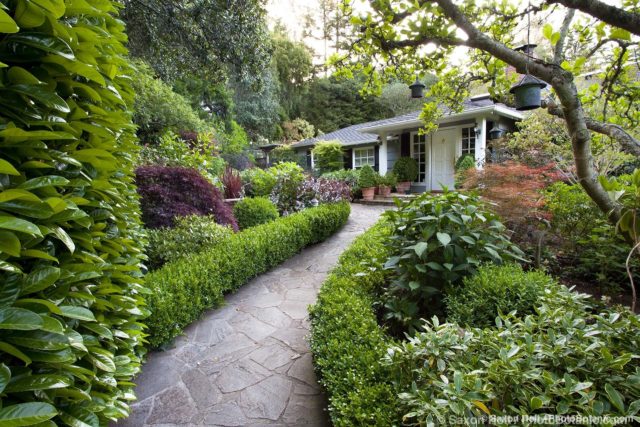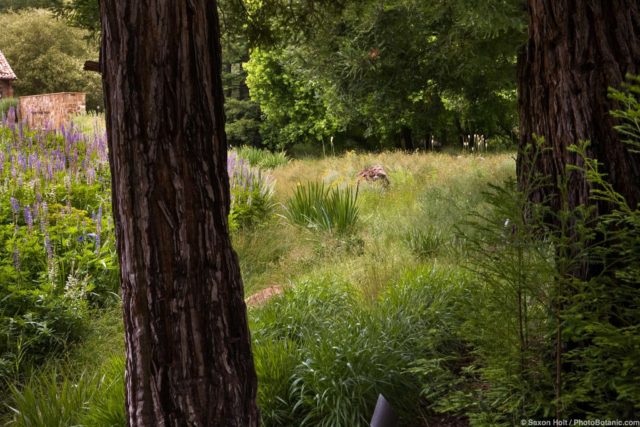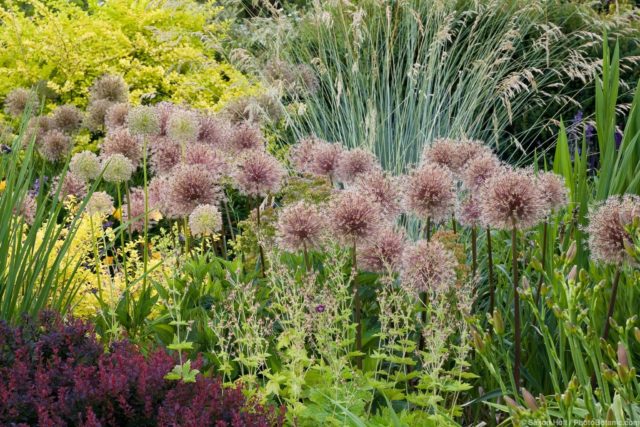Longtime readers of Gardening Gone Wild will recognize most of the tips in Think Like A Camera, the second book in my series of PhotoBotanic Garden Photography Workshops.
“The first lesson in all my garden photography workshops is to ‘think like a camera.’ Your camera is a tool, which can only take a picture when you point it at something and trigger the shutter. You are in control of the composition.
Whether you have a big megapixel SLR camera or just a smart phone, your pictures will improve as soon as you think about what the camera is seeing—versus what you are seeing. Use the camera frame to fill your photograph with only those elements that tell your story.”
This opens the Introduction to the book, first drafted here at Gardening Gone Wild.
Now that it has been awarded the Best E-book of the year by the Garden Writers Association, (yeah !) I thought it might be fun to review the six lessons and point you to their original posts.
Lesson 1 – Framing
In lesson one, we use techniques to juxtapose elements within a composition to frame key elements and force your viewer to see your perspective. Seeing the Garden – Framing was first published on Gardening Gone Wild Oct. 10, 2012
<><><><><><><><><>
Lesson 2 – Focal Points
Every photo should have a focal point, a spot within the frame where your story is told. The rule of thirds helps place those “sweet spots.” Autumn Focal Points was first published on Gardening Gone Wild Oct. 24, 2012
<><><><><><><><><>
Lesson 3 – Leading Lines
Find lines in the garden that will establish balance and will draw the eye into and around your photograph. Curves and triangles offer lines that give a composition movement. Photo Lesson – Leading Lines was first published on Gardening Gone Wild Jan. 25, 2013.
<><><><><><><><><>
Lesson 4 – Point of View
Where will you set up the camera to take the picture you think you see? The exact point of view—slightly to one side of your subject or perhaps down low—is critical to a good composition. Garden Point of View was first published on Gardening Gone Wild Jan.9, 2013.
<><><><><><><><><>
Lesson 5 – Space and Shape
The camera sees in two dimensions. The shapes and spaces created within the four edges of the frame need to be balanced. Those shapes often include negative space that may result when the three dimensions of real life are reduced down to only two in a photo. Photography – Space and Shape was first published on Gardening Gone Wild Nov. 9, 2012.
<><><><><><><><><>
Lesson 6 – Details and Vignettes
A camera is a great tool that helps you distill overall impressions into a distinct capture—what we really see. Practice finding the photo within the photo. Seeing the Garden – Details and Vignettes was first published on Gardening Gone Wild Feb. 9, 2013.
<><><><><><><><><>
If you don’t want to keep jumping around to learn all these lessons, the ebook Think Like a Camera is $9.95 to download in the PhotoBotanic Bookstore. A 10 % discount to friends of Gardening Gone Wild is available with the coupon code “friend10” used at checkout.

